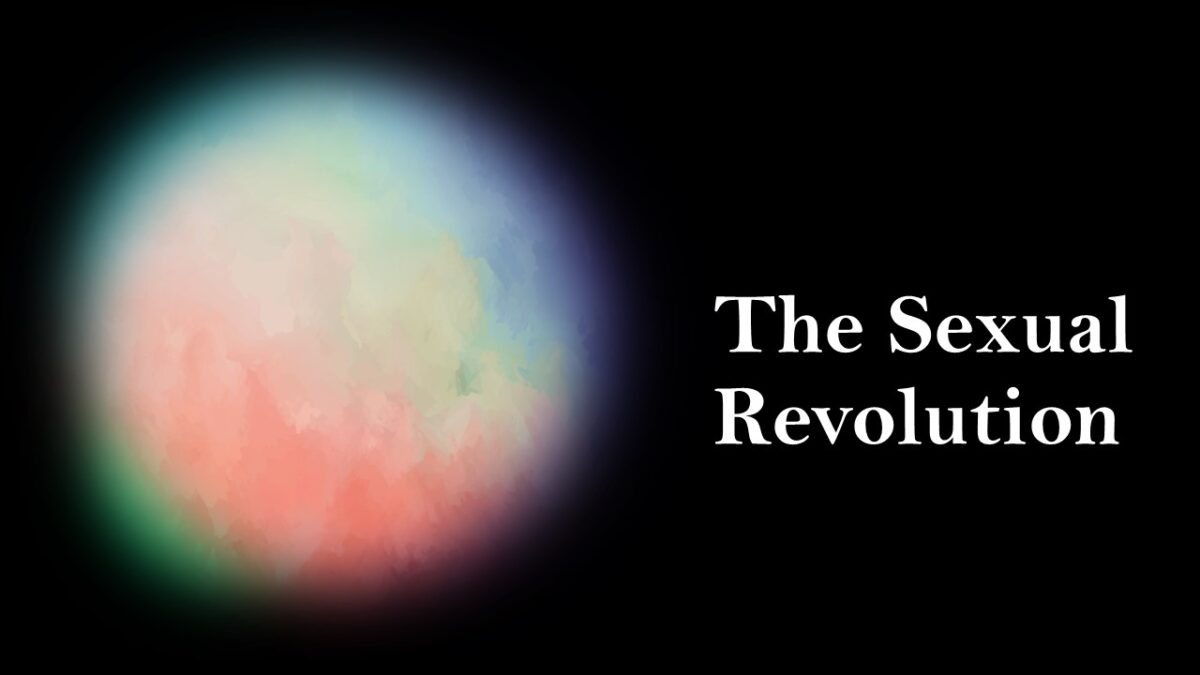The word “sexual revolution” is commonly associated with rapid and substantial changes in cultural attitudes toward sex in the United States of America and many West- and North-European countries in the 1960s and 1970s. Later in the 1980s and 1990s, the culture of sexual freedom spread to other modernized Western countries. It was largely a youth movement for freedom of sex and love in those societies.
How has the “sexual revolution” changed the culture of eroticism?
How the Sexual Revolution Changed the Culture
The sexual revolution legitimized sex for its pleasurable and expressive qualities alone. Sex was considered more than just a sexual need of the body. Sexual intercourse for the purpose of pleasure rather than reproduction, without the commitment of a marital relationship, was acceptable. It was culturally acceptable to engage in recreational sex. Thus, sex became a sphere of sensual pleasure.
Sexual Fulfillment in Love
Men and women expected sex to be expressively and sensually pleasurable. The erotic aspect of sex increased its value for a person’s life and relationships. Sexual fulfillment became a condition of true love. The sexualization and erotization of love were the major tendencies of that cultural change. Love and sex finally joined together in the minds of men and women (after centuries of their separation in the cultural norms of old societies). Sex became a means of personal fulfillment and self-affirmation as well.
The pleasurable and expressive qualities of sex received their independent values. The division between sex and love started to grow. Sex became unbound, and romantic love and romantic intimacy turned out to be less important than sex to show love. Sexual expression no longer relied exclusively on romantic feelings. The gap between sex and love seems to be widening.
The Sexual Revolution in Sexual Equality
The “sexual revolution” of the 1960s–1980s transformed sexual attitudes for both men and women. The double sexual standards for men and women were abandoned as a cultural hypocrisy of the past when male sexuality was viewed as carnal and female sexuality as maternal. It was accepted that female sexual longing is natural in the same way as male sexual yearning. Women received equal rights with men to give and receive sensual pleasures (see more in another post, “The sexual revolution in sexual equality”).
The studies of those years showed that differences between male and female sexual behaviors and attitudes steadily declined (see Karandashev, 2017 for a review).
Sex, Love, and Marriage
In the 1960s, marriage became widely popular in North America and Western Europe, with 95 percent of all people marrying. Men and women married younger, and divorce rates held steady at low levels.
In many modernized countries, love and sexual satisfaction became normative preconditions of marriage. Good sex demonstrated love. The pleasurable and expressive facets of sex were to show love in premarital relationships and marriages. Sexual fulfillment and companionship became the key concepts of an ideal marriage. Sexual dissatisfaction became a legitimate reason for divorce.
Cultural Acceptance of Homosexuality
Shifts in attitudes toward homosexual identity and subculture were another cultural change during the “sexual revolution” of the 1960s and 1970s. Modernized Western societies decriminalized and devictimized homosexuality and other sexual varieties. Psychiatrists abandoned considering homosexuality as an abnormality and began to view it as a form of sexual diversity.
“The homosexuals” walked forward as individuals with their own distinct psychological nature. Gays and lesbians wanted social inclusion and legitimation. The LGBT movement created a subculture that gave these people positive identities and ways of living.
Modernized Western societies indicated a cultural trend towards a more sexually pluralistic society. Discrimination based on sexual identity was also on the decline in society.
Advancements of the “Sexual Revolution”
All these transformations were landmarks of cultural advancements in sexual attitudes. These were the emerging culture of eroticism, the larger acceptance of human rights for sexual pleasure, the proliferation of pornography, the acceptance of sexual equality for men and women, the greater tolerance toward premarital and nonmarital sex, the substantial increase in cohabitation and rates of divorce, public receptivity to the “playboy” lifestyle, and expanded tolerance toward homosexuality.
All of these cultural trends occurred in the United States and in many Western-European and North-European countries, even though older people didn’t like them. These changes reflected long-term trends.
The Slow Cultural Evolution of the “Sexual Revolution”
The sexual revolt in favor of sexual rights, equality, and diversity happened. Yet, many people still lacked a sense of self and the autonomy required to maintain a sexually fulfilling relationship. Therefore, many men and women were still confused about their sexual rights, sexual roles, and gender identities.
The societies were still in the transitional stage towards a culture of relationships that engaged all these new cultural norms. The “sexual revolution” was mostly a young and rebellious movement protesting against the old-fashioned and rigid sexual attitudes of the past. It was a declaration of human rights for the free expression of sex and love in modernized and individualistic Western societies.
The sexual revolt happened. Yet people of other age groups remained relatively conservative in those societies for a while. They were not easily receptive to such a drastic transformation of cultural attitudes toward sex.
The “sexual revolution” of this kind continued as “sexual evolution” in the following decades, spreading to the minds of older generations as well.
The cultural evolution of sexual attitudes was slower in more traditional countries (Karandashev, 2017).
